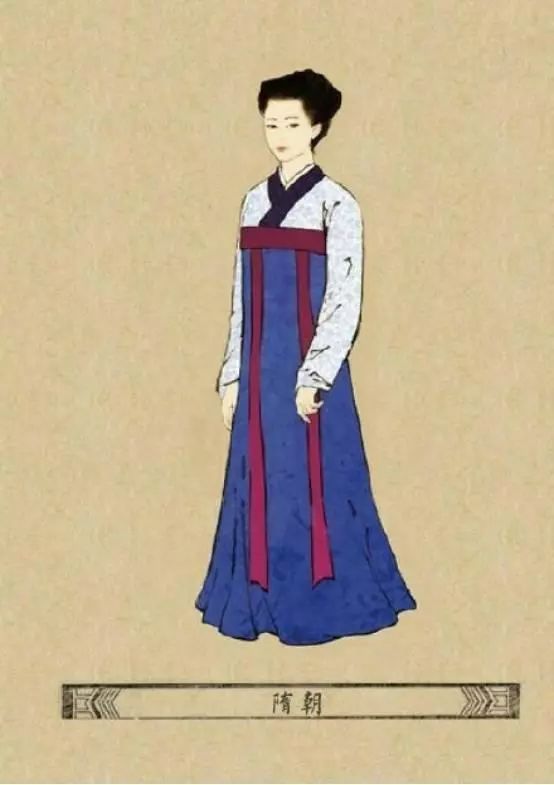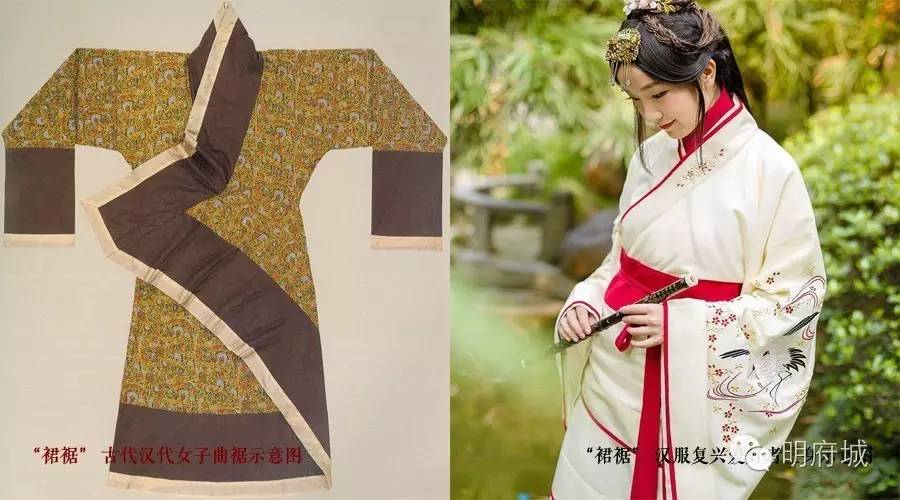摘要:本文标题为“Japanese Clothing Evolution and Strategic Planning Verification”,主要探讨了日本服饰的演变过程。文章深入分析了日本服饰的历史发展、风格变化以及未来趋势,同时实施了全面的数据计划以验证战略规划。通过深入了解日本服饰文化的变迁,为行业提供有价值的见解和参考。
In the realm of cultural fashion and strategic planning, Japan has always been a focal point for innovation and tradition. The journey of Japanese clothing evolution is a fascinating blend of ancient practices, modern influences, and a constant quest for authenticity. Simultaneously, strategic planning in any endeavor, especially in the realm of business or cultural development, requires meticulous attention to detail and rigorous validation of plans. This article delves into the world of Japanese clothing evolution and the importance of strategic planning verification, drawing parallels between the two and offering an insightful analysis.
Japanese Clothing Evolution: A Timeline of Styles
The journey of Japanese clothing dates back to the ancient times, evolving alongside the country's rich history and cultural traditions. From the traditional Kimono, a versatile garment that has persisted for centuries, to the modern street styles that blend traditional elements with contemporary fashion, Japan's clothing history is a tapestry of diverse styles.
The evolution of Japanese clothing has been influenced by various factors, including historical events, cultural shifts, and contact with foreign cultures. For instance, during the Edo period (17th to 19th century), the emergence of new styles was influenced by the need for practicality and comfort. The Kimono, initially a simple robe, gradually evolved to include complex patterns and designs, reflecting the cultural and social changes of the time.
In modern times, Japanese fashion has embraced a blend of traditional and contemporary elements. Street style in Japan is a testament to this fusion, with many designers incorporating traditional elements like patterns and fabrics into modern clothing. This fusion not only preserves the country's rich cultural heritage but also appeals to a younger audience, ensuring that Japanese fashion remains relevant and evolving.
The Role of Strategic Planning Verification
Just as Japanese clothing evolves to meet the needs of different times and cultures, strategic planning also requires constant verification and adaptation. Strategic planning is a process that involves setting goals, analyzing the environment, making decisions, and allocating resources to achieve those goals. However, to ensure the success of any plan, it is crucial to validate its feasibility and effectiveness.
Verification of strategic plans involves several steps, including analyzing data, conducting research, and evaluating outcomes. This process helps organizations identify potential risks and opportunities, ensuring that plans align with the organization's goals and objectives. It also helps in making necessary adjustments to ensure that plans are on track and achieving desired results.
The parallels between Japanese clothing evolution and strategic planning verification are evident. Both processes involve adapting to changing environments, preserving traditional elements, and innovating to meet new demands. Just as Japanese clothing continues to evolve to stay relevant and appealing to different audiences, strategic plans must also be verified and adapted to ensure their success.
Conclusion
Japanese clothing evolution is a testament to the country's rich cultural heritage and its ability to adapt to changing times. The fusion of traditional and contemporary elements ensures that Japanese fashion remains relevant and appealing to different audiences. Similarly, strategic planning verification is crucial in ensuring the success of any endeavor. It involves analyzing data, conducting research, and evaluating outcomes to identify risks and opportunities, ensuring that plans align with organizational goals.
The parallels between Japanese clothing evolution and strategic planning verification offer valuable insights. Both processes involve adapting to changing environments, preserving traditional elements, and innovating to meet new demands. As we continue to explore the world of Japanese fashion and develop strategic plans, it is essential to remember that both processes require a balance between tradition and innovation to ensure success and relevance. 28.52.29 years hence, we look forward to continued evolution in both fields.




 京ICP备2022001530号-1
京ICP备2022001530号-1
还没有评论,来说两句吧...